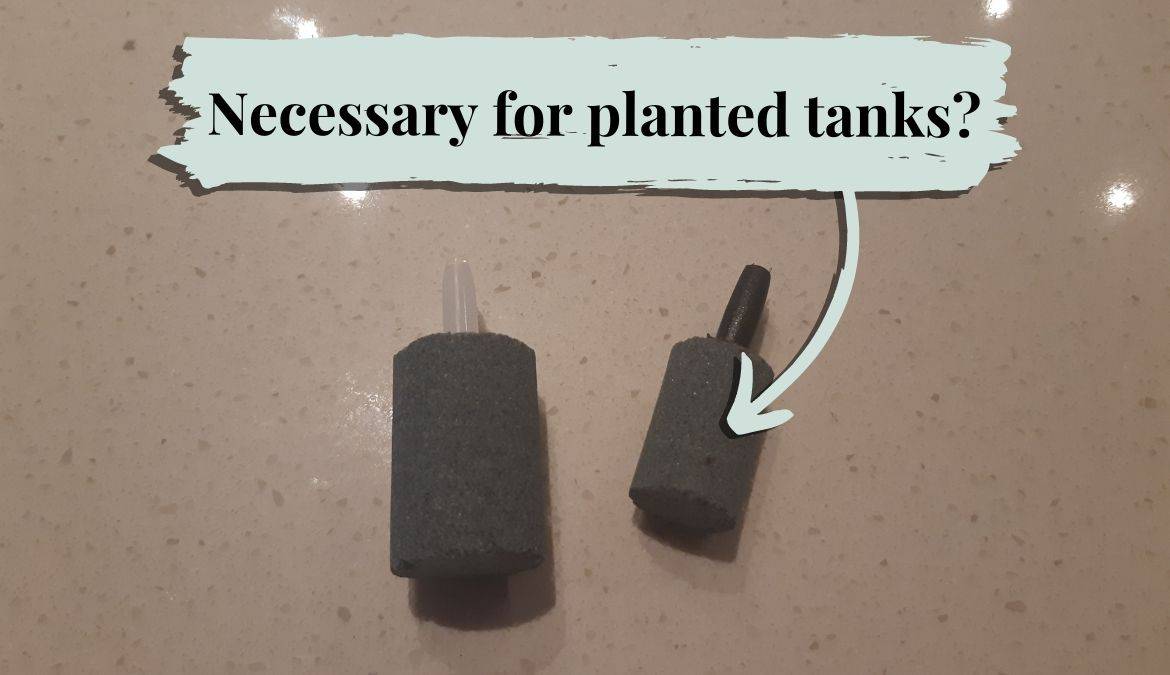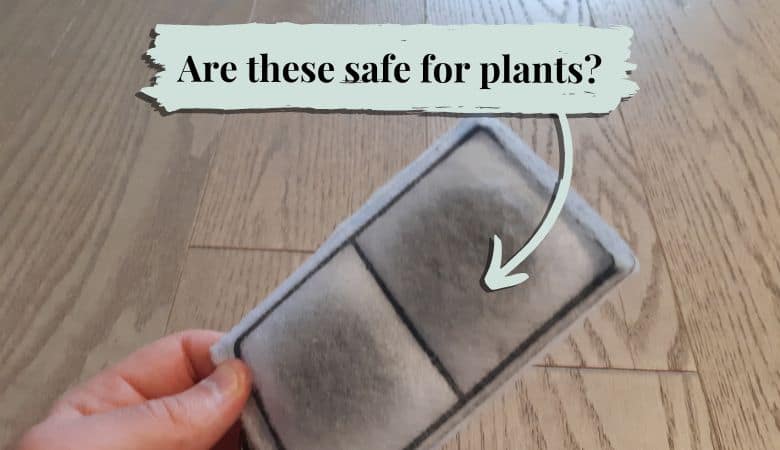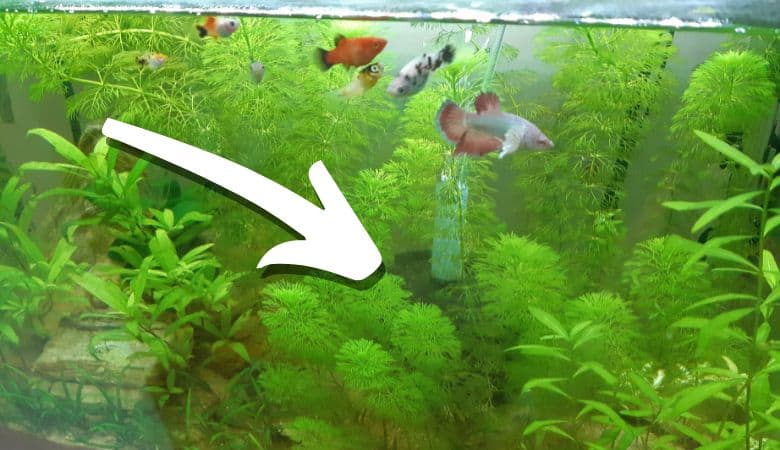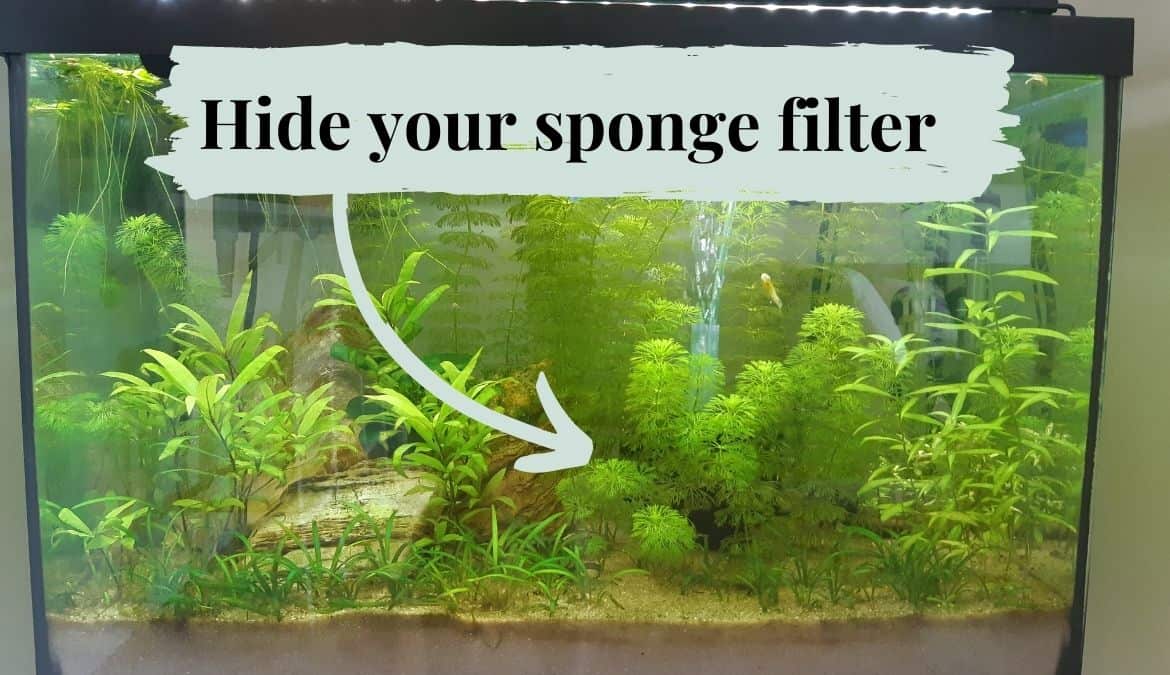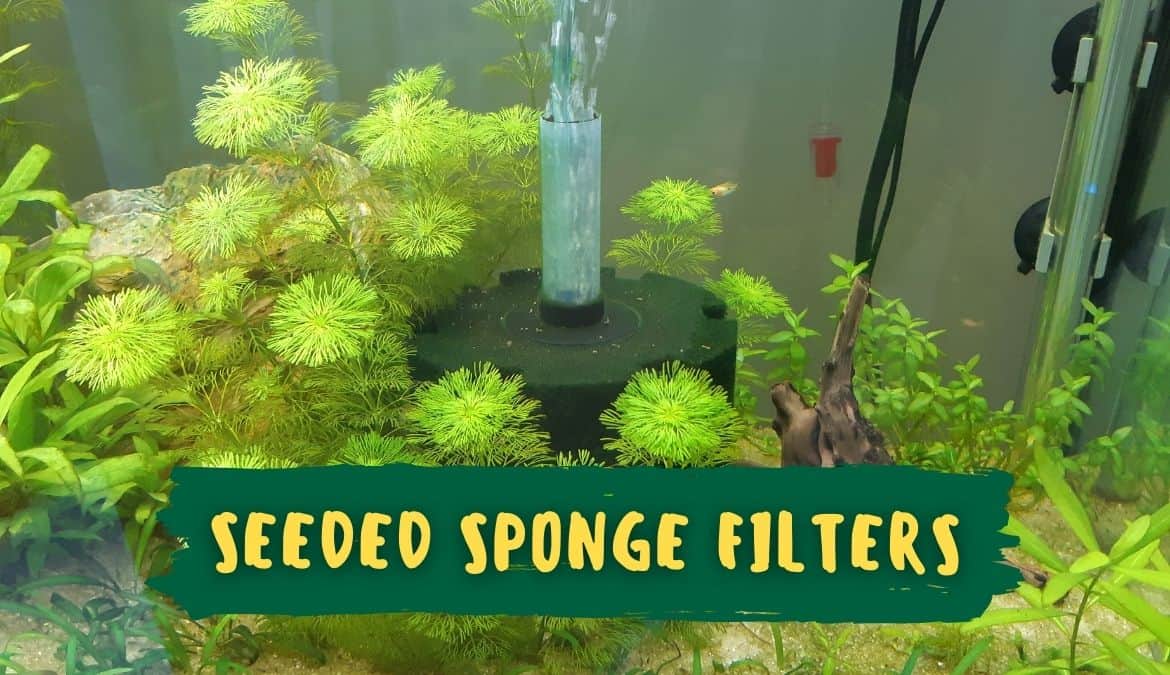The phosphate level in a planted aquarium should be kept between 0.5 and 1.0 ppm (mg/L). Some phosphate is important because plants use it to absorb nutrients and store energy. But excess phosphate will allow opportunistic algae to grow as well.
There are a few important things to consider with regards to phosphates in your planted tank. This article shares everything we have discovered on the topic.
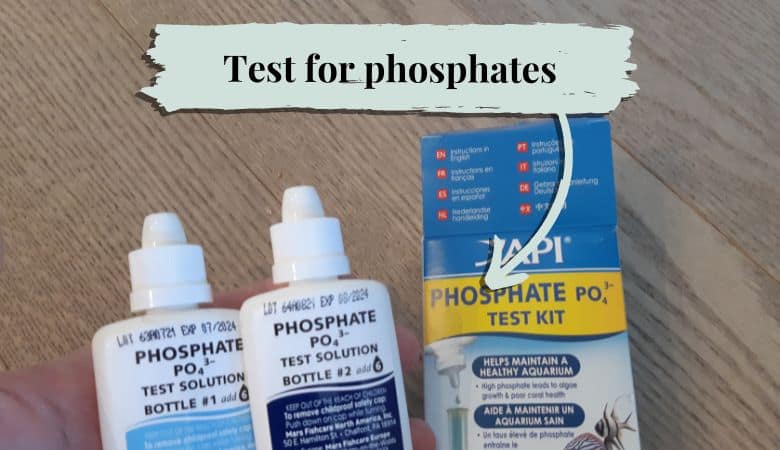
Contents
- 1 What is the difference between phosphate and phosphorus?
- 2 Where do phosphates come from?
- 3 Is phosphate good for aquatic plants?
- 4 Why do phosphates cause algae growth?
- 5 How to test your aquarium’s phosphate level?
- 6 How to lower high phosphate levels in aquariums
- 7 Do aquarium plants absorb phosphates?
- 8 What phosphate level is safe for fish?
What is the difference between phosphate and phosphorus?
Phosphorus is an element while phosphate is an anion composed of phosphorus (P) and oxygen (O). Phosphorus is an aquatic plant macronutrient, which just means that plants require it in high quantities to grow and function properly.
Phosphates are important for fishkeepers to understand because they are one of the primary sources of phosphorus in an aquarium.
Where do phosphates come from?
Phosphates are a by-product of decaying organic matter such as uneaten fish food, leaves, and bacteria. There are two types of phosphate: organic and inorganic.
Plants use inorganic phosphate to absorb important nutrients, such as nitrogen. It’s also used to develop important cell structures, such as ATP, which are used for photosynthesis. These important functions are why it’s necessary for planted aquariums to contain some phosphates in it.
Organic phosphate is what decaying plants and animals produce. This type of phosphate must first be broken down by bacteria into inorganic phosphate before it can be used by plants.
Is phosphate good for aquatic plants?
Phosphate is an important nutrient for aquatic plants because it helps form adenosine diphosphate (ADP) and adenosine triphosphate (ATP), which are used in a variety of chemical reactions within a plant.
Most importantly, ATP plays a crucial role in capturing and transferring energy that is generated during photosynthesis. Without phosphorus, these important processes could not occur.
However, plants only require so much phosphorus. Anything above and beyond about 1.0 ppm is likely to be used instead by algae to grow. So it’s important to be aware of your phosphate levels and try keeping them below 1.0 ppm.
Why do phosphates cause algae growth?
When there’s more phosphate available in an area than the plants need for their own growth and survival, it gets absorbed by the algae instead.
This causes the algae to grow more quickly than usual, which leads to more oxygen depletion and can even lead to dead zones in certain bodies of water where there isn’t enough oxygen left for other animals who need it.
This is certainly an extreme consequence that most fish keepers will not encounter. The main concern with phosphates is minimizing unsightly algae.
Like most macro and micronutrients, excess nutrients in the water column will be used by opportunistic algae. It’s best to try limiting the amount of nutrients in your aquarium to achieve maximum plant growth and minimal algae growth.
How to test your aquarium’s phosphate level?
The easiest way to measure phosphate levels is by using an API phosphate test kit. To conduct the test you take a 5 ml sample of aquarium water and add drops of the phosphate test solution. The water will change colors and will correspond to a phosphate concentration reading on the test kit chart.
How to lower high phosphate levels in aquariums
You can lower your aquarium phosphate levels by cleaning your filter, increasing circulation, checking your water source and doing water changes. You can also prevent phosphates by regularly vacuuming your aquarium substrate to remove dead plant material, fish waste and uneaten fish food.
Clean your filter
If you’re seeing high phosphate levels in your aquarium, the first thing you need to do is check your filter. If it’s clogged, then you’ll have to clean it out. This is a common trap for organic materials to decay and produce phosphate. But if it’s not clogged and still has high phosphate levels, there are some other things you can try.
Make sure your tank has enough water circulation
Next, make sure that your aquarium is getting enough water circulation. If there isn’t enough flow in the tank, then the water won’t be able to circulate around and keep phosphates from building up in one area of the tank.
You can either increase the amount of current in the tank or add an additional pump to help push water through more quickly.
Check your water source
You should also check your source water for phosphates using the API test kit as well. If it has high phosphate levels, consider getting a new source for water for your aquarium instead of using tap water directly from your house.
You can purchase distilled water from the grocery store that can be mixed with your tap water to reduce the phosphate concentration.
Add more plants
Adding more plants to your tank can be a good way to naturally lower your phosphate levels. A higher plant load will absorb more phosphate for its own growth.
Feed your fish less
Fish food is one of the most significant sources of phosphate. And most fishkeepers can’t help themselves from over-feeding their fish. In reality, your fish don’t need nearly as much food as you might think.
We recommend feeding an amount that they will consume in 30 seconds or less. If you do this once daily then you are providing more than enough nutrition for yoru fishy friends.
You’re feeding too much if it takes your fish more than 30 seconds to eat or if there is excess fish food that doesn’t get eaten at all.
What happened is the fish food falls into the substrate, decays and adds phosphate, ammonia and other compounds into the water column.
Vacuum your substrate
Regularly vacuuming your substrate will allow you to remove decaying plants, fish waste, uneaten food and other organic material that will produce phosphate. You can do this once per week as part of your weekly tank maintenance and water change routine.
Do aquarium plants absorb phosphates?
Aquarium plants absorb phosphate through their roots and store it in ADP, ATP and other cell structures. These cell structures are then used to collect and transfer energy generated from photosynthesis.
What phosphate level is safe for fish?
Phosphate is not toxic to fish like ammonia or nitrite are. Low and moderate phosphate levels are not shown to harm aquatic life in any adverse way. However, it is believed that extremely high phosphate concentrations may pose health risks for your fish.


